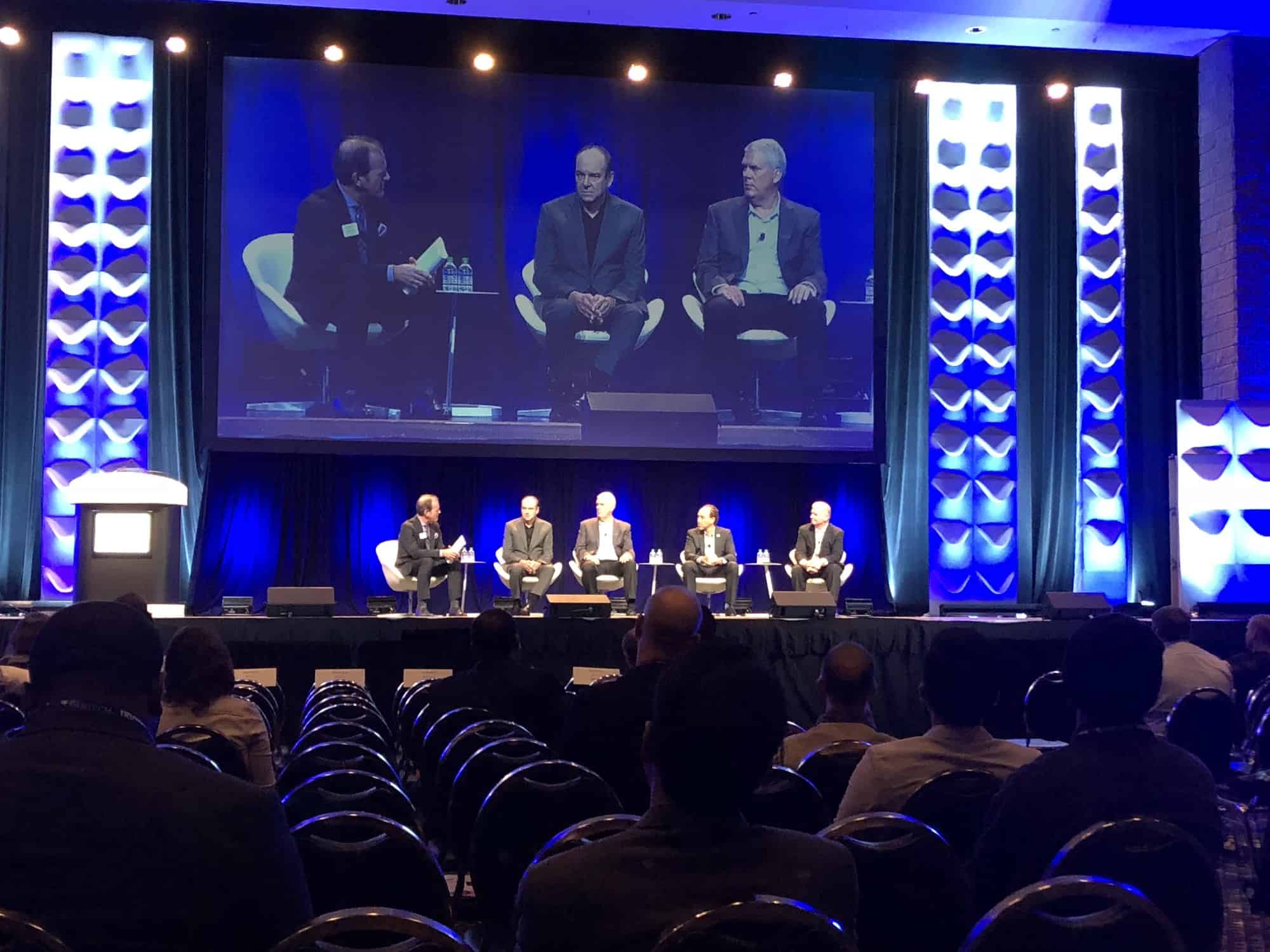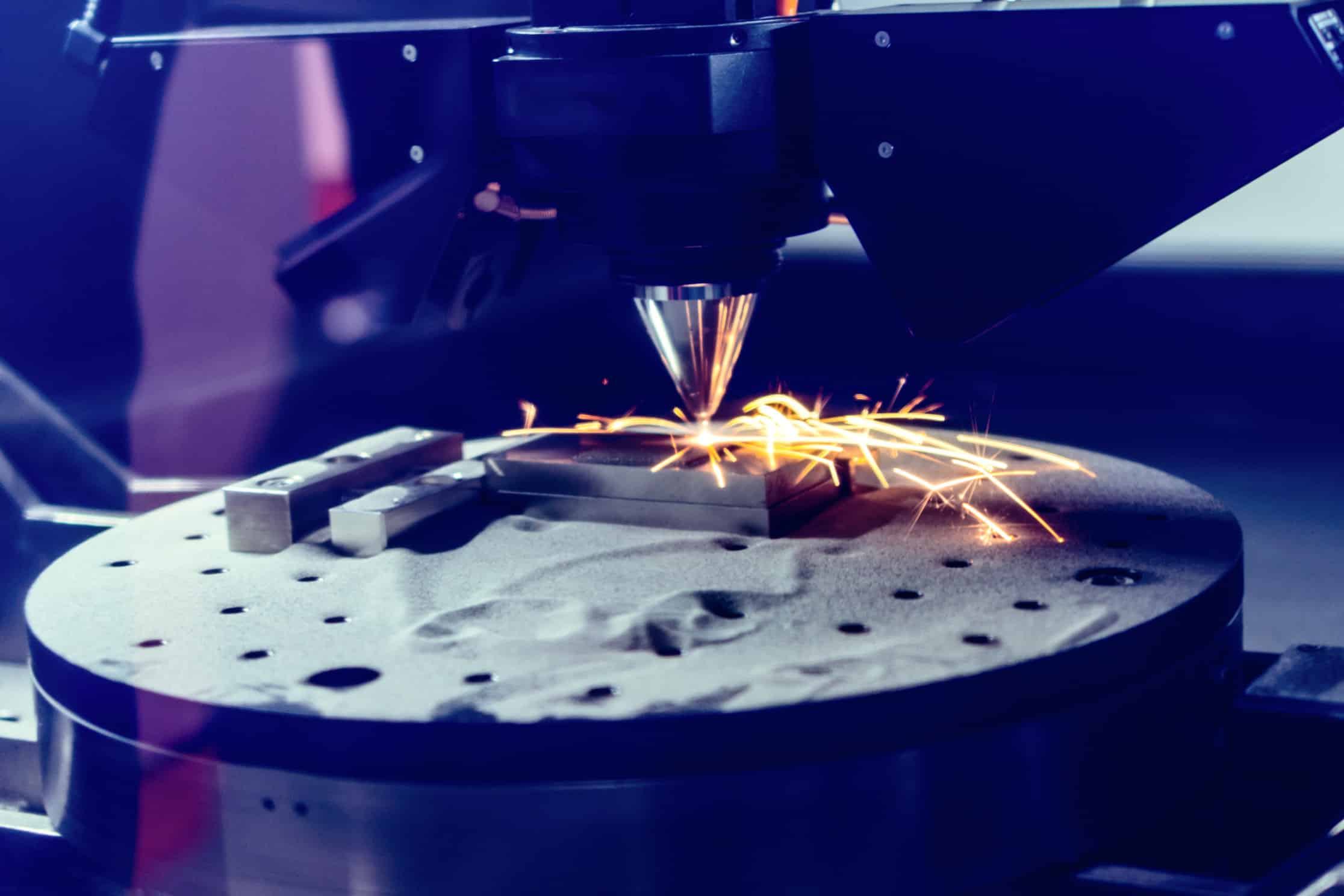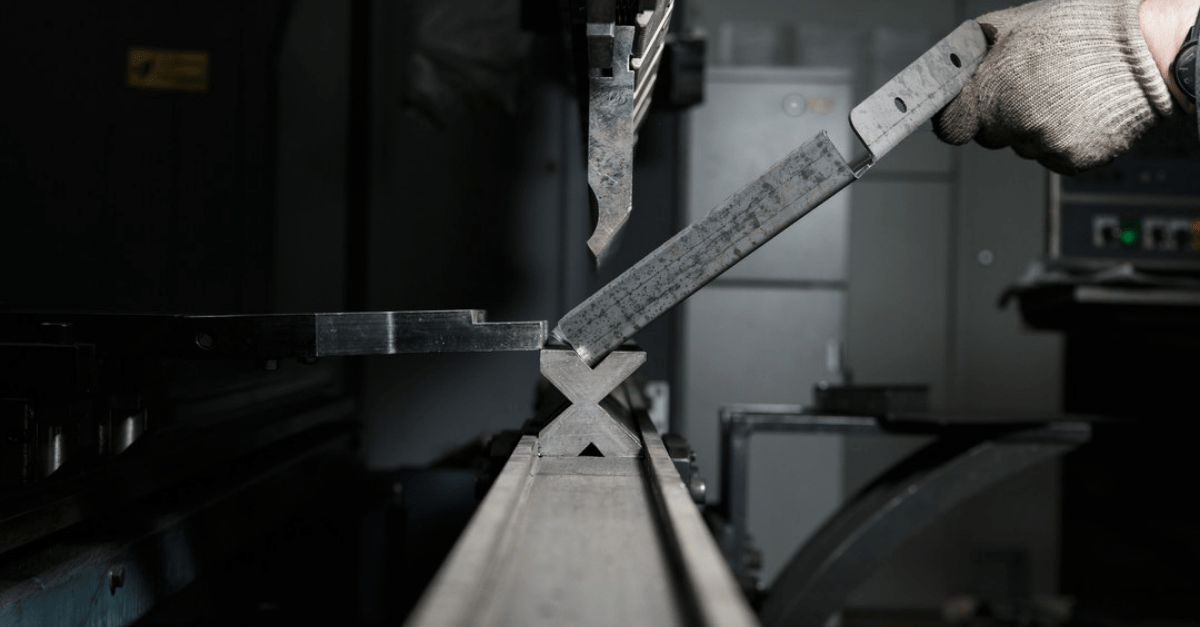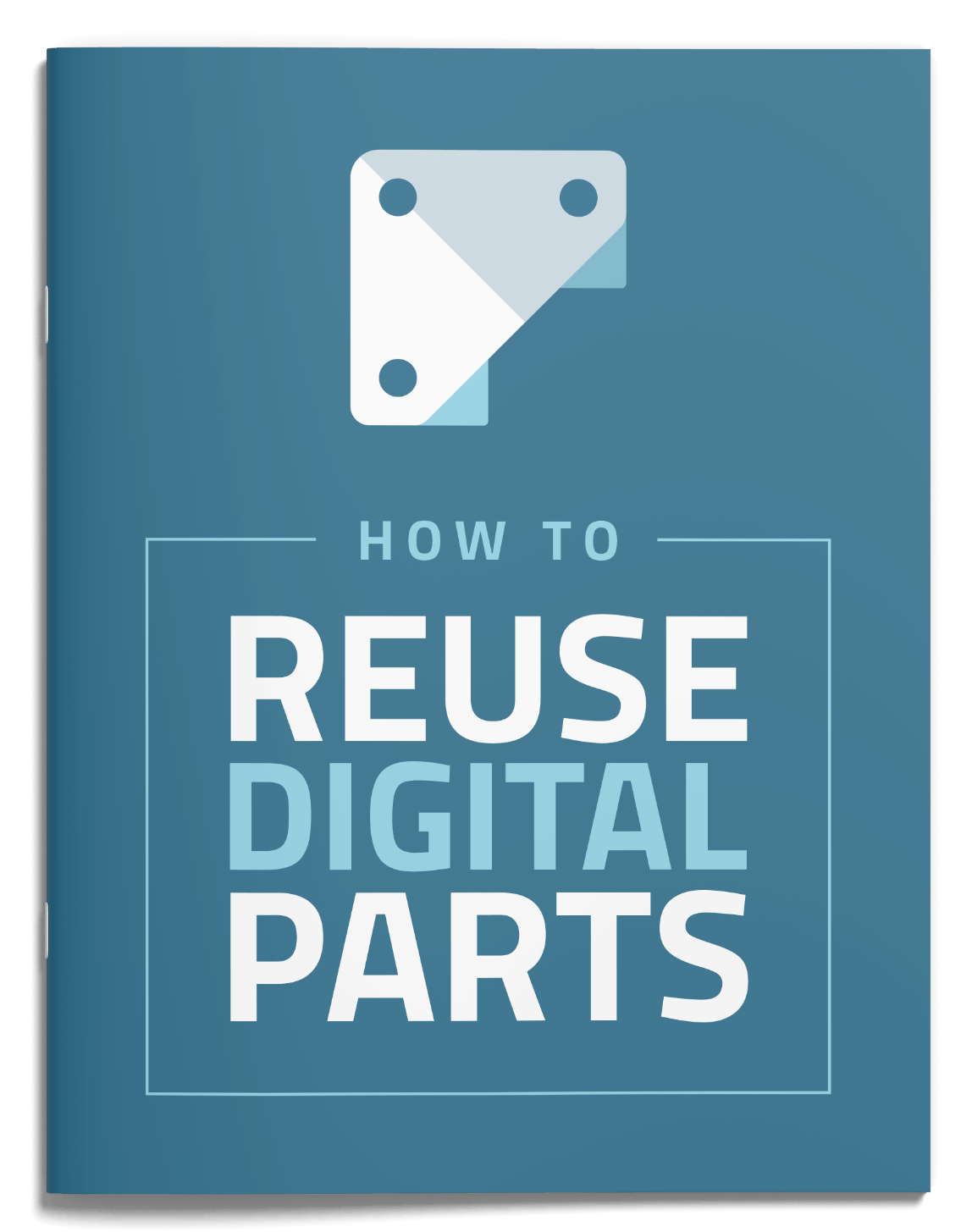Disrupt Yourself to Stay in the Game: What That Looks Like in Engineering and Manufacturing in 2019
Disrupt Yourself: From Mass Production to Mass Customization, Follow the Trends and Industry Insights from FABTECH 2018
Engineering and manufacturing are moving at a bristling pace, and sometimes it might feel like you can’t keep up. This sentiment was felt by many attendees at FABTECH 2018, who were there to learn about new offerings that can improve manufacturing processes.
I was in attendance to learn about updates to manufacturing trends as it relates to Industry 4.0 as well as to connect and network with others in the engineering and manufacturing industry.
As I walked around FABTECH 2018, I noticed a larger emphasis on connected devices, automation, and smart factory trends in action with applications from machine tools to robots and connected automation pieces in between. My goal attending the show was bridging my understanding of current engineering trends with current manufacturing trends.
We are on the bleeding edge of a shift towards mass customization within manufacturing, and if you don’t identify where to adjust, you leave yourself open to disruption from your competitors…So go disrupt yourself.
The insight above is a paraphrase (with my own spin) from what I heard Charlie Covert from UPS mention during one of the panel discussions.
Let’s take a look at those trends in more depth, and I will explain how the show as a whole was positioned to help those in attendance address or at least consider those trends.

1. Mass Production to Mass Customization
As I mentioned already, we are on the precipice of a shift in manufacturing. But in order to fully understand how far the pendulum will swing, we must look back at the industrial revolution of the early 19th century to get a sense of the magnitude of potential change ahead of us. The introduction of industrial equipment like the steam engine, the power loom, and other mechanical equipment multiplied tenfold or more the efforts of one person. The idea of a multiplier of one’s efforts is a trend that we also saw with the advent of the computer age as well.
Of course, now that we are caught in the wave of this 4th Industrial Revolution, one of the elements we can tease out is the idea of customer-first. Instead of creating identical products on mass for everyone, companies must consider ways to cater to each customer uniquely. In today’s market, we call those unique applications for customers variations (i.e. different colors and trim levels of the latest car) or some other product with a higher degree of variability.
However, what I am talking about regarding mass customization is something different. The implication of mass customization would result from the convergence of technologies like additive manufacturing and machine learning.
For example, there will be opportunities in the future to have more local manufacturing facilities focused on additive (3D printing) manufacturing closer to the site of the customers. This will cause disruption in industries such as logistics, which is why companies like UPS are disrupting themselves by investing in facilities closer to their customers that can provide custom parts based on additive methodologies.
Now, do I think 3D printers will replace every way that we manufacture today? No. I don’t think so, but I think it will have an incredible impact.
Several CAD companies like Siemens PLM, Autodesk, and PTC are highly invested in solutions categorized as topology optimization, which in some ways applies machine learning so that the software can create optimal designs for processes that can be manufactured with additive approaches. Of course, there are limitations, but those are being broken at a faster pace every year. This all points to a future where supply chains could rely heavily rely on the components being manufactured much closer to the location where they will end up either being the assembly plant or the customer’s front door.

2. Industry 4.0 in action at the show
Some other trends I noticed at the show that are further along in their adoption within the manufacturing industry included further proliferation of robotic applications and IoT connectivity with equipment and manufacturing steps.
- IIoT (Industrial Internet of Things)
- Manufacturing use cases for Robots
- How can both of these trends work together?
IIoT: Machine tool manufacturers are leveraging connected devices to accomplish the following objectives:
- Track preventative maintenance items on components of customer equipment
- Pair connected devices to enable automation through software to complete manufacturing process steps more efficiently
- Track throughput of work volume on the floor in real-time or gather metrics through reporting
Another interesting trend with real manufacturing applications was the utilization of robotics in a collaborative manner with either people or machine tools
- Robotic machine tool tending for precise repeatability
- Universal robotics being used to help determine weld paths
How do they overlap? Sensors and completed robotic programs can feed data into a system that is monitoring your shop floor to get real-time updates and enable you to make adaptive changes to meet or anticipate demand changes and volatility.
3. Aligning engineering and manufacturing industry efforts
I have been a regular in the past at the Fabtech event attending the show while looking through the lens of a manufacturer or adjacent to the manufacturing industry in an effort to support the goals of manufacturers. This time around, my perspective was shifted, especially after recently attending the 3D CIC event in Colorado where design engineers from multiple OEM’s were discussing ways to communicate technical data downstream in the most efficient way possible. A term I did not see, nor did people I talk to at Fabtech know, from the engineering world is MBE which stands for Model Based Enterprise. That knowledge and effort seem to be overshadowed in the manufacturing industry with initiatives around Industry 4.0.
I think a collaborative effort between engineering and manufacturing would have a net benefit of increased acceleration of the adoption of new trends and new innovations.
One of the things that I learned at that earlier event was the struggle to implement MBE best practices in the context of a sheet metal fabrication manufacturing process. I think automation of work cells as seen in the videos above can help sheet metal manufacturing get closer to more tight tolerances and meet expectations of MBE, but this can’t be completely solved when applying techniques such as welding or bending. In the case of bending sheet metal, manufacturers with older equipment could have a variance in the K-factor (an important variable when bending metal on a press brake. So, I would say there is still room for improvement to align best practices from engineering and manufacturing together.
With best practices in mind, I think there are ways for smaller startups and manufacturers to innovate and pivot more quickly to updates in best practices than say a larger OEM. In fact, I see this as the case in environments like innovation labs and so on.

Leading the charge toward Industry 4.0 and inter-industry solutions
There is always room to innovate and I think there is an opportunity to look at the trends of both manufacturing and engineering and understand how they converge. I would invite you to start a discussion with your peer that is beyond the wall so that people from both sides of the fence can get a better grasp of the whole picture. Of course, there will always be design decisions affected by manufacturing methods (even with 3D printing), and I think there is more we can do to bridge the gap between the two.
If you like what you have read, please share it with a colleague and start a discussion of how manufacturing and engineering can work more closely together. Also, let me know in the comments what types of challenges you are running into your continuous improvement journeys.
This article was also published on LinkedIn.
Learn More: Get These Free eBooks
The Basics of SPM
SPM vs. Classification
MBE / MBD for Mfgs
Andrew Hood
Latest posts by Andrew Hood (see all)
- 15 Valuable Digital Engineering Terms & Acronyms All Teammates Need to Know - February 19, 2019
- Disrupt Yourself to Stay in the Game: What That Looks Like in Engineering and Manufacturing in 2019 - January 14, 2019
- 4 Takeaways from 3D CIC – How Organizations Achieve Enterprise Accountability through MBE - October 25, 2018

